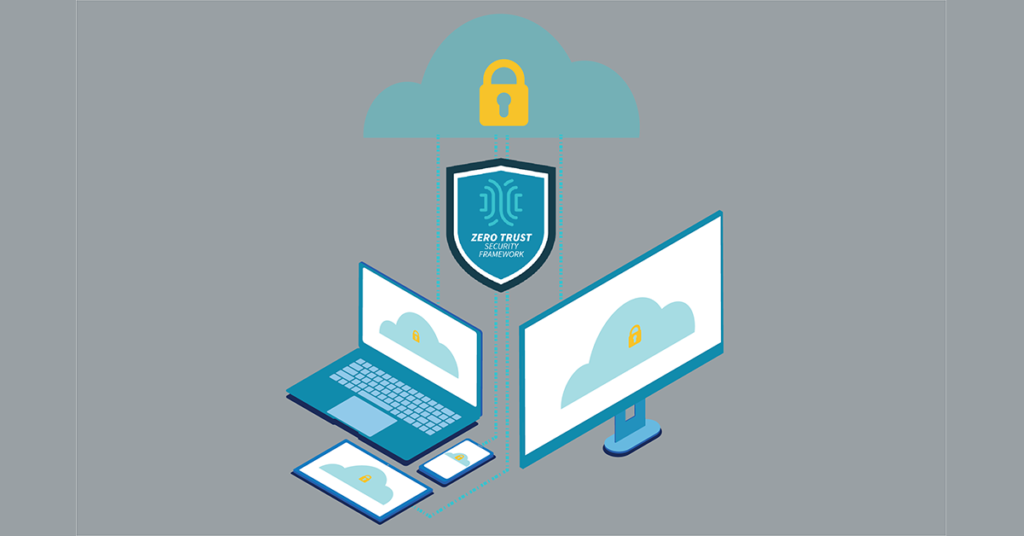How to Get Started with Zero Trust Security Infrastructure

A trend we’ve seen in recent years is the increased adoption of cloud services and the proliferation of new cloud native applications. This has led to a need for organizations to have a more careful and thoughtful approach when it comes to securing enterprise data, as these regulations have been tightened with an increase in data breaches due to breaches from both internal and external sources.
In order for any organization to successfully adopt a zero-trust security infrastructure, there are 5 guidelines that should be followed in order to get started:
Getting Started with Zero-Trust Infrastructure
Here is a list of guidelines to help any organization successfully adopt a zero-trust security infrastructure:
1) Know Your Environment’s Risk Tolerance Level
Organizations should take the time to understand their current network defenses and what they are capable of protecting against. This includes knowing which applications have access to data, understanding where sensitive information is stored, and being aware of any potential security risks.
During this time, it’s important for an organization to understand their own risk tolerance levels as well as those of their client base. When organizations are aware of these levels, they can then determine what improvements are necessary to adopt a zero-trust security infrastructure.
2) Implement Sensible Access Controls on all Devices
Storing sensitive information in the public domain can lead both to customer data loss and monetary damages, which is why implementation of access control lists are important for any organization wishing to transition into a zero-trust security infrastructure.
Organizations should establish an identity management system that is capable of handling a large number of users and be able to add/manage them in an automated fashion. In addition, data centers should have strict controls on whom has access to certain systems or information (i.e. limit that access to only authorized personnel).
3) Limit Privileges by User Type or Role
Limiting the amount of access a user has, and what they can do with that access, is an important part in transitioning to a zero-trust security infrastructure. This should include restricting access to only the data the users need in order to perform their jobs.
In addition, organizations should have a process in place that requires the disposal of data once an employee no longer works for the organization. This helps to protect against accidental or malicious leaks.
4) Ensure Separation Between Development & Production Environments
The production environment is the final result of what an organization has created. It is important for organizations to have secure workflows in place that ensure both testing and staging environments are properly isolated from the production environment. This includes understanding the flow of production data between environments, as well as any other applications that have access to it.
5) Enforce Secure Coding Practices
There are several benefits to developing within a secure coding framework, including the ability to understand dependencies, expose threats early on in development, and maintain proper configuration management.
By following security coding best practices, organizations can protect themselves against a broad spectrum of vulnerabilities while still being able to develop and deploy software quickly.
Bottom Line
In this article, we’ve covered a number of ways to help you get started implementing zero trust security infrastructure. If you have any questions about the best practices for your organization or just want some additional guidance on how to achieve success with these principles, must check our Zero Trust WhitePaper.





